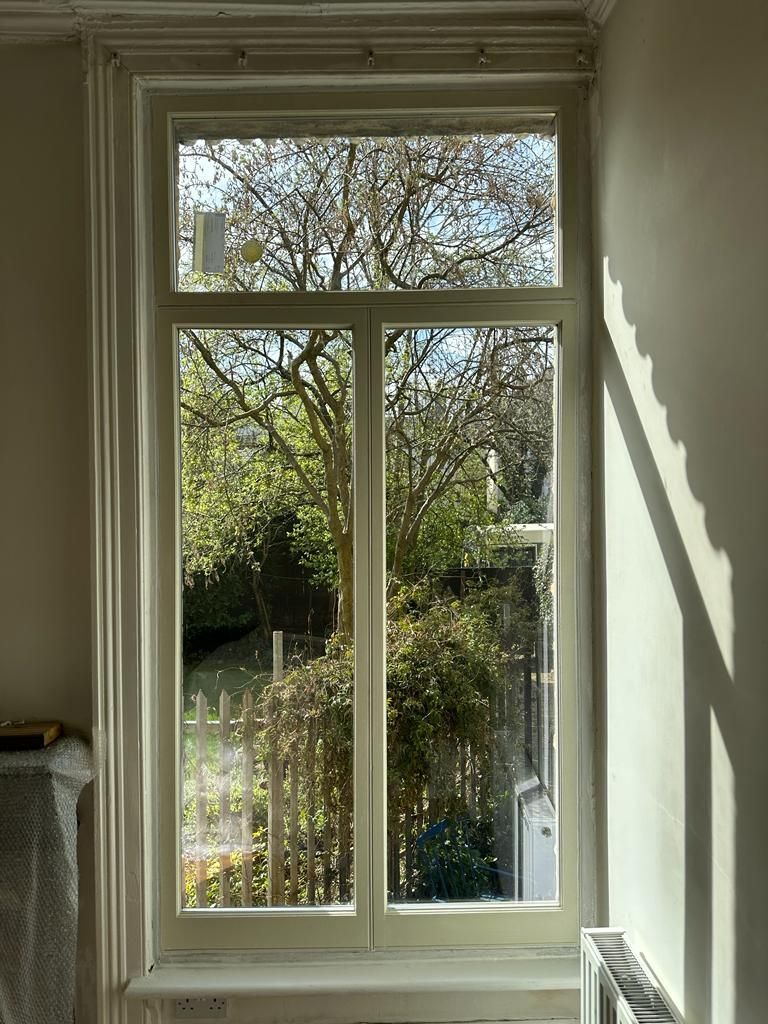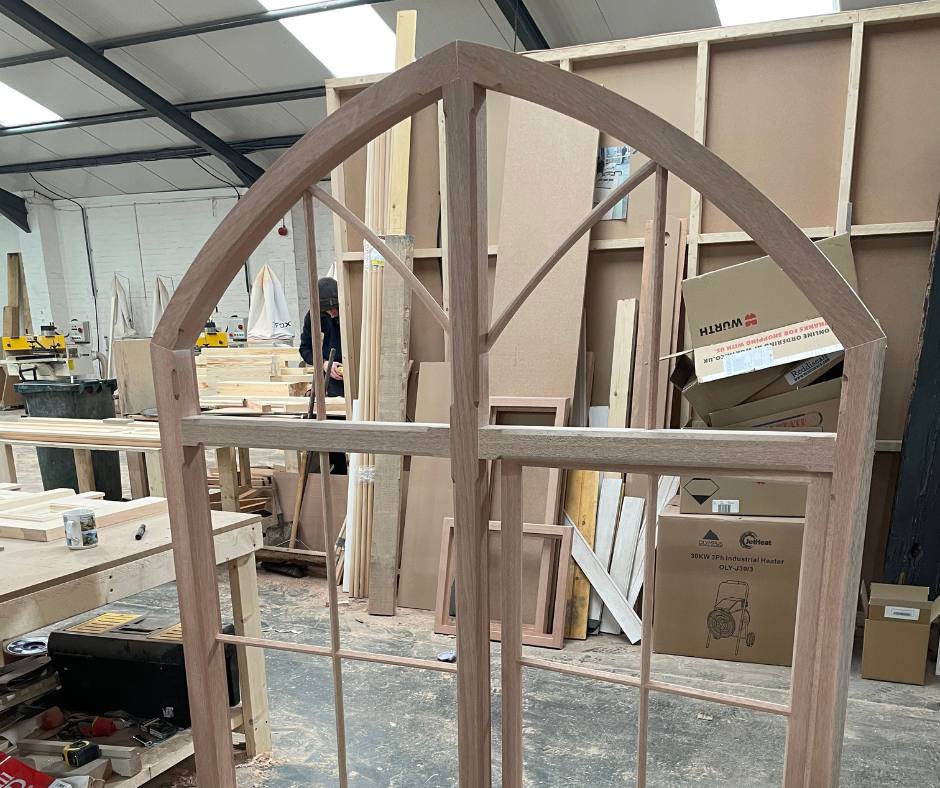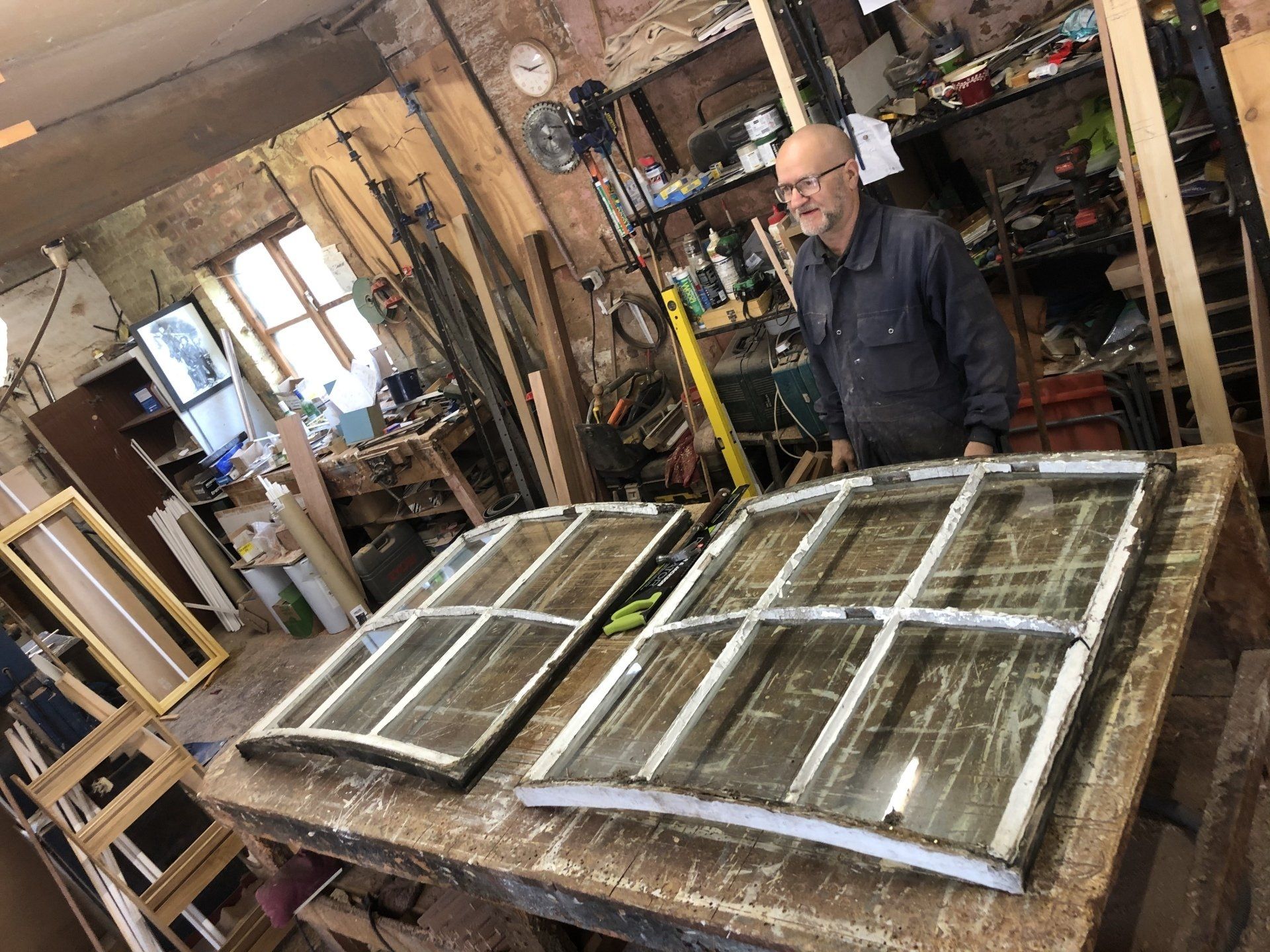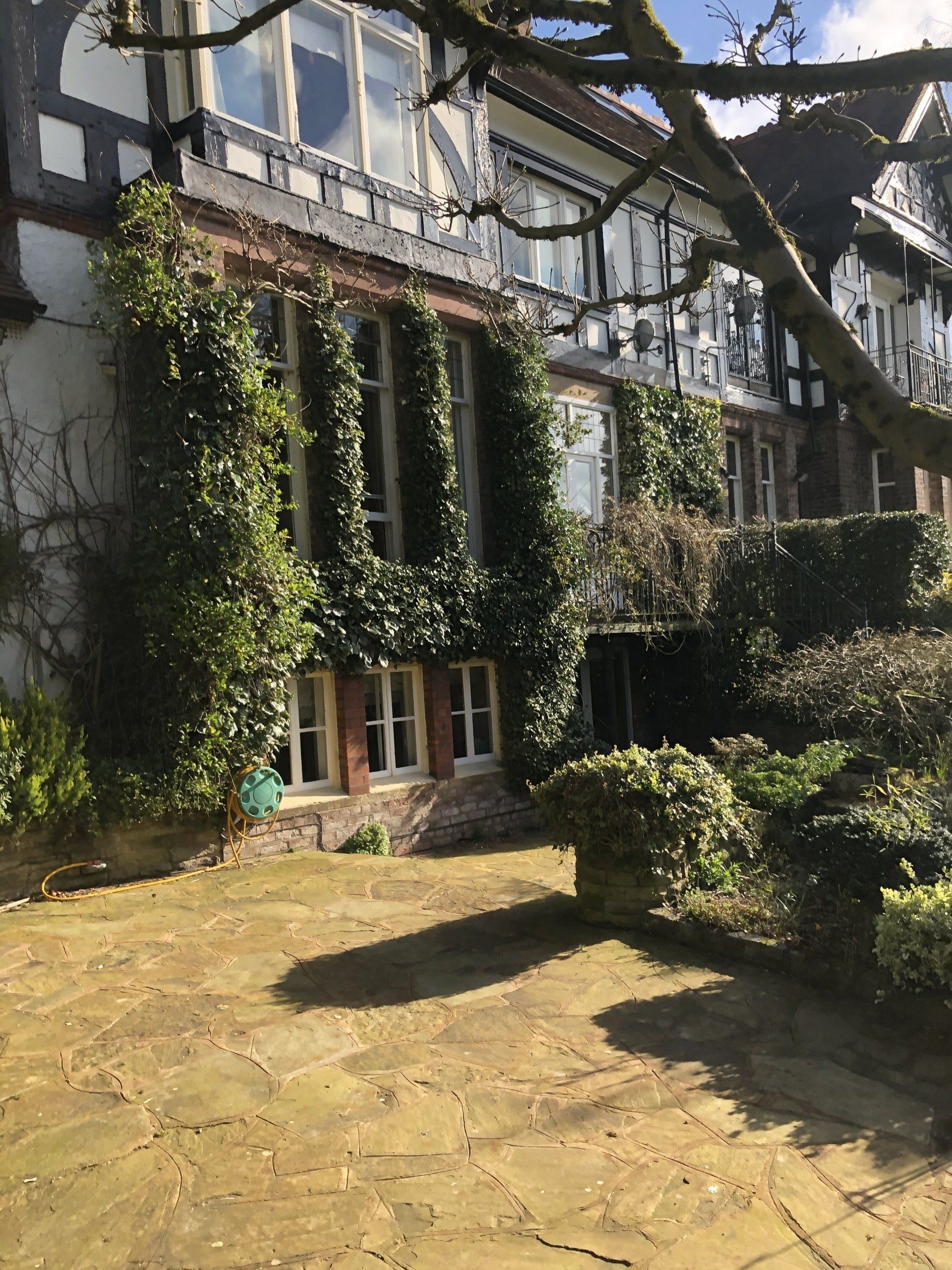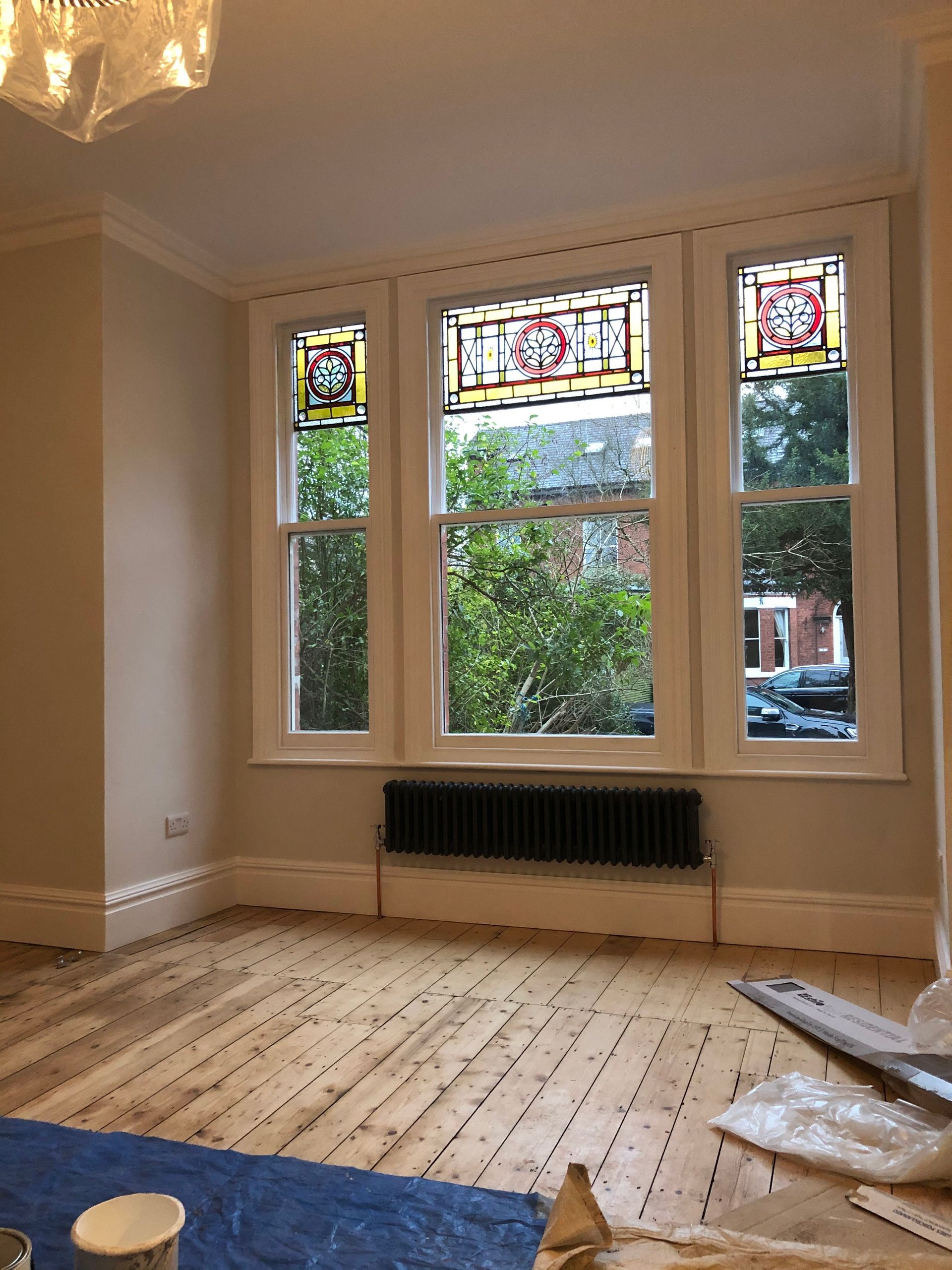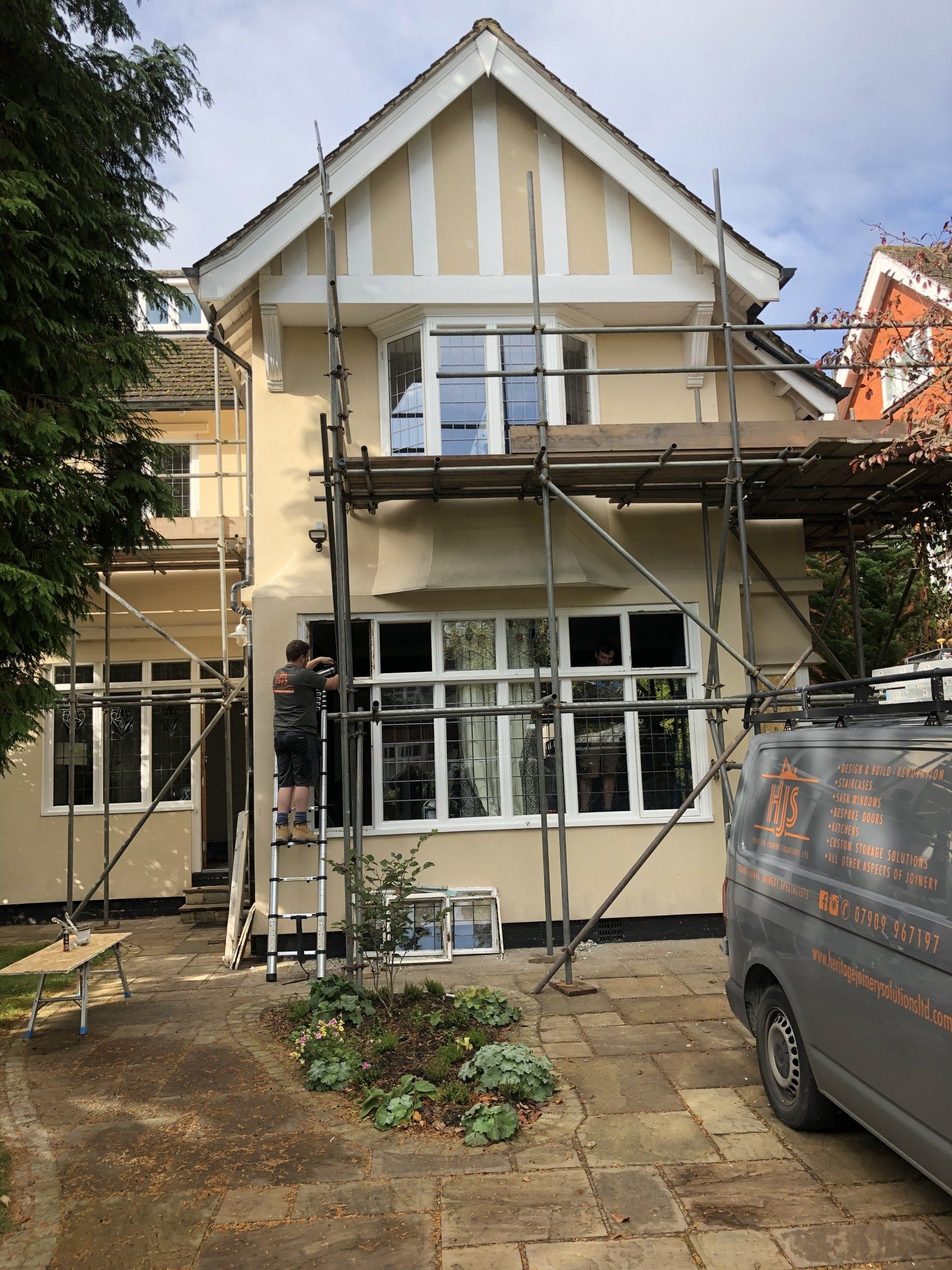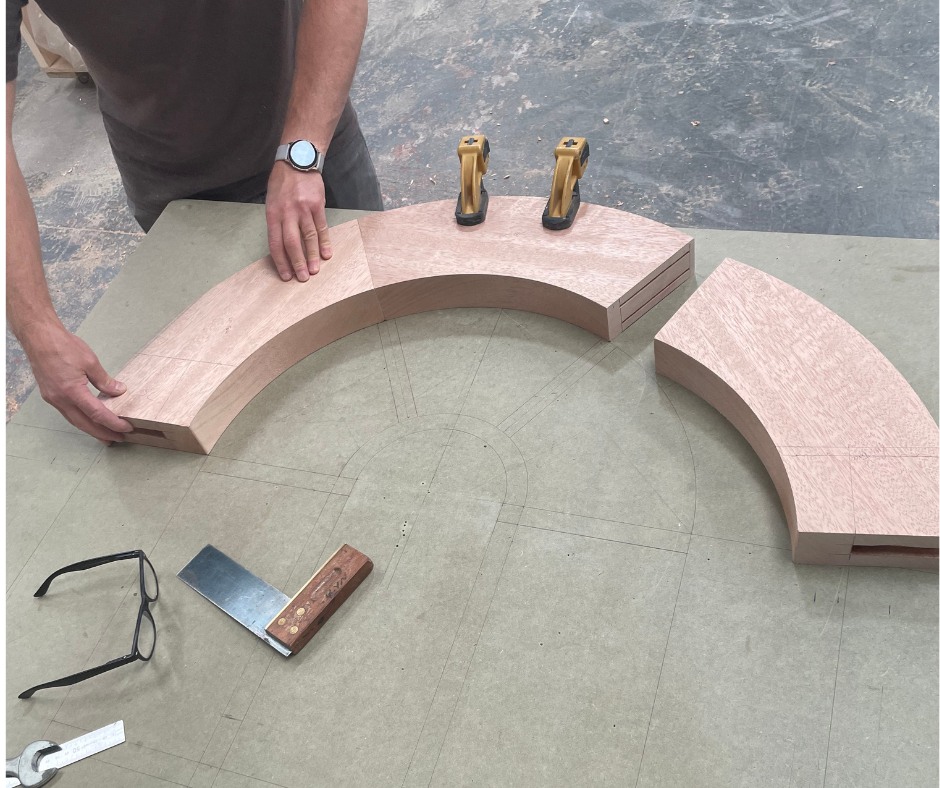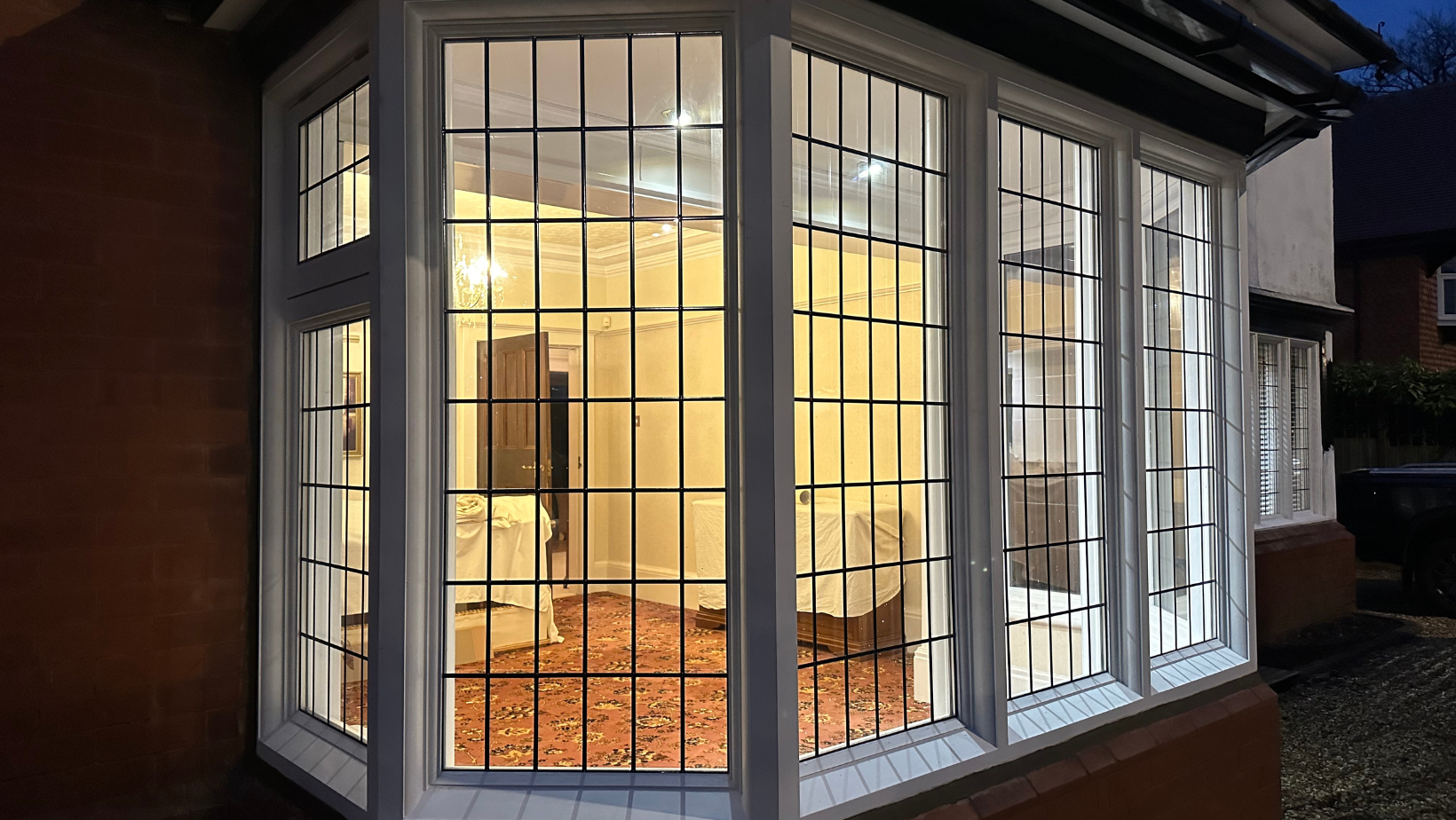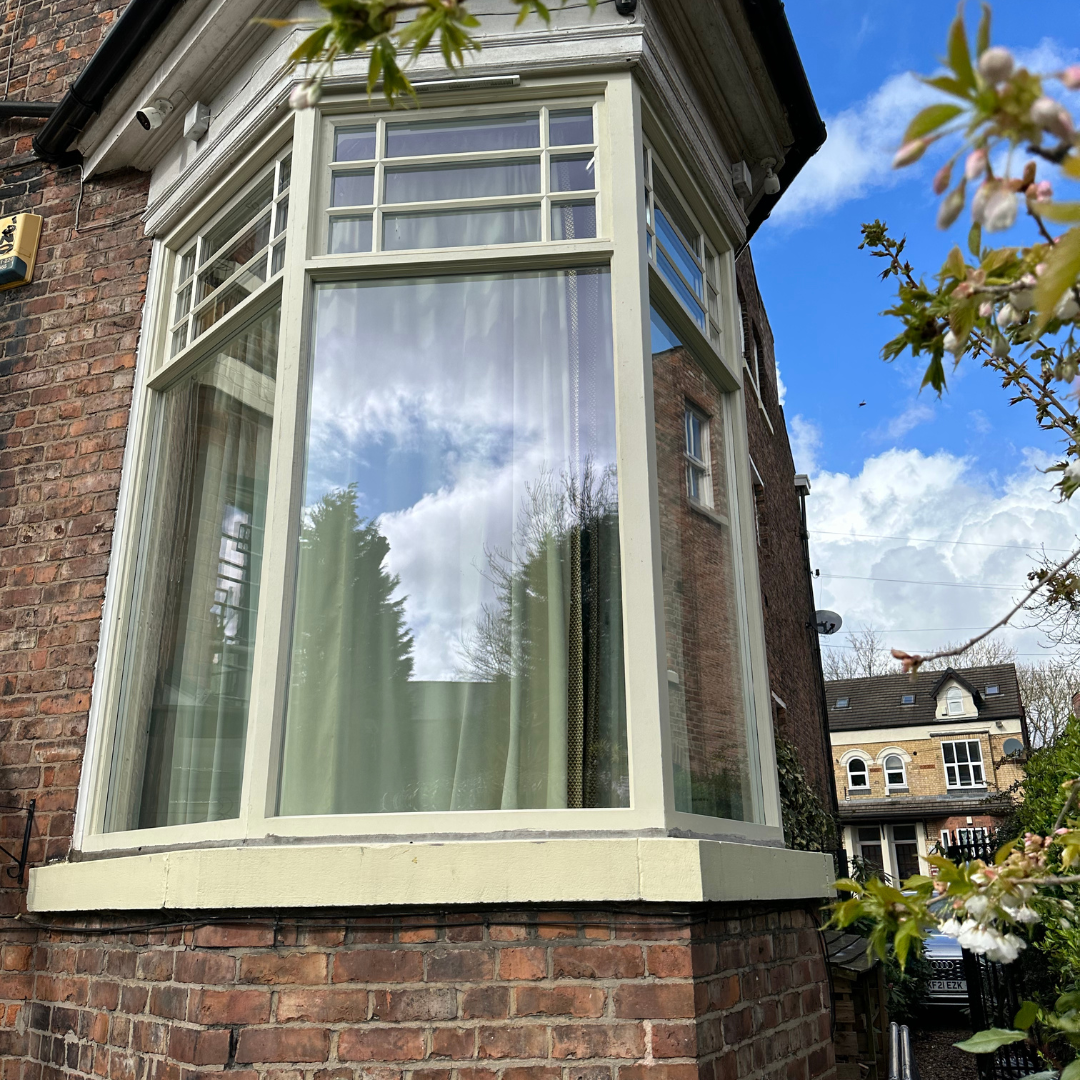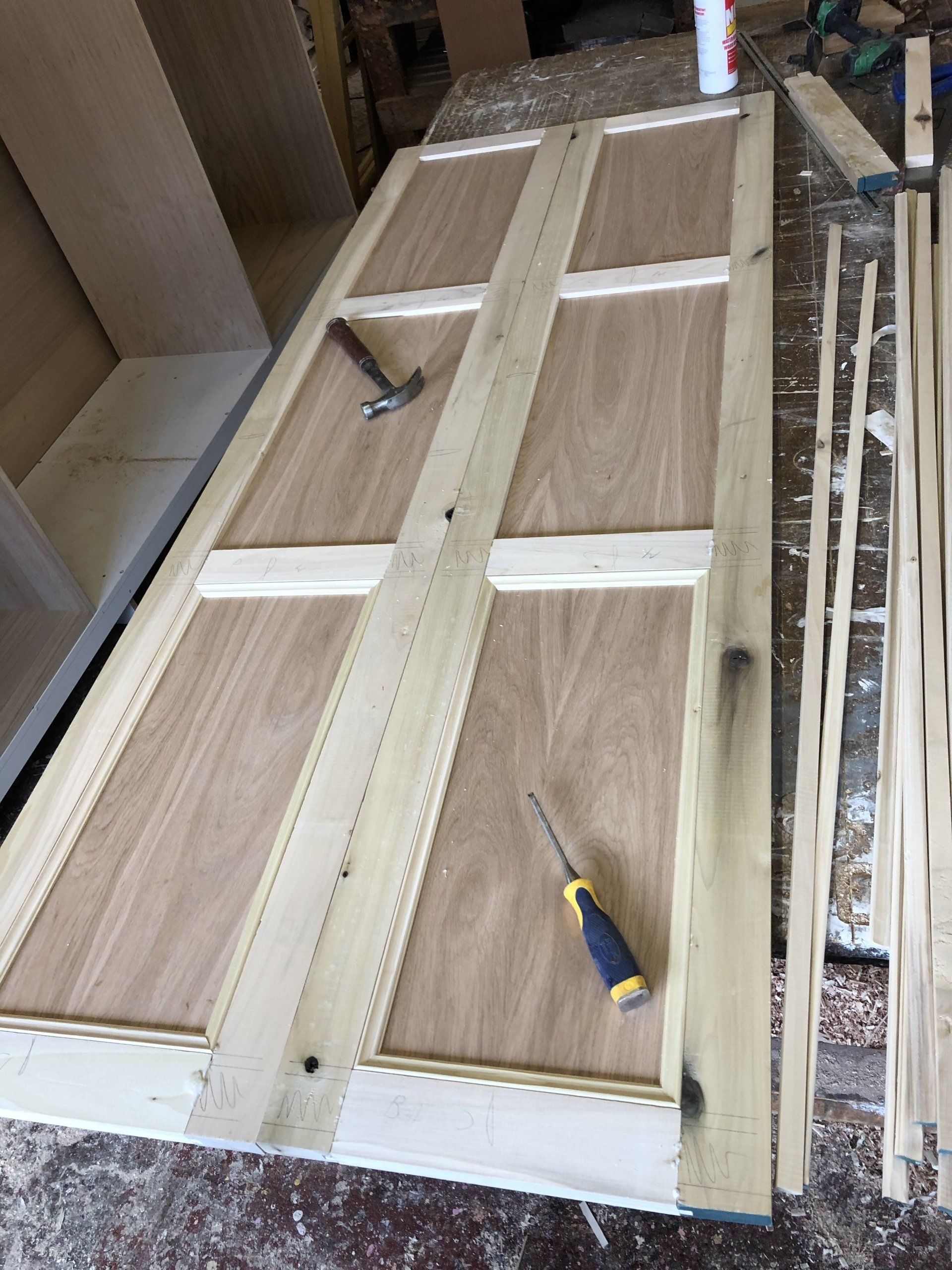Is A Bespoke Kitchen Worth It?
Is A Bespoke Kitchen Worth It?
‘Nothing is in good taste, unless it suits the way you live’
Recently when visiting a client during a Sash Window fitting, they asked me if getting a bespoke kitchen was really worth it. Cutting to the chase – my answer was yes, they are. According to The Property Centre (2022), a new kitchen could add up to 10% to the total value of your home. As kitchens remain the heart of any home, it’s not difficult to appreciate the impact they have on the potential sale price of the home in its entirety.
On your list of house improvements, how big a priority is a new, renovated kitchen? For most people it’s high up on their agenda (as it is was for this client!) However, how often do we consider the impact a bespoke kitchen would actually have, both in terms of our increased day-to-day quality of life and amplified value of your home?
Within this article, I will touch on the different advantages of getting bespoke kitchen to help illustrate why I think they are a sound investment.
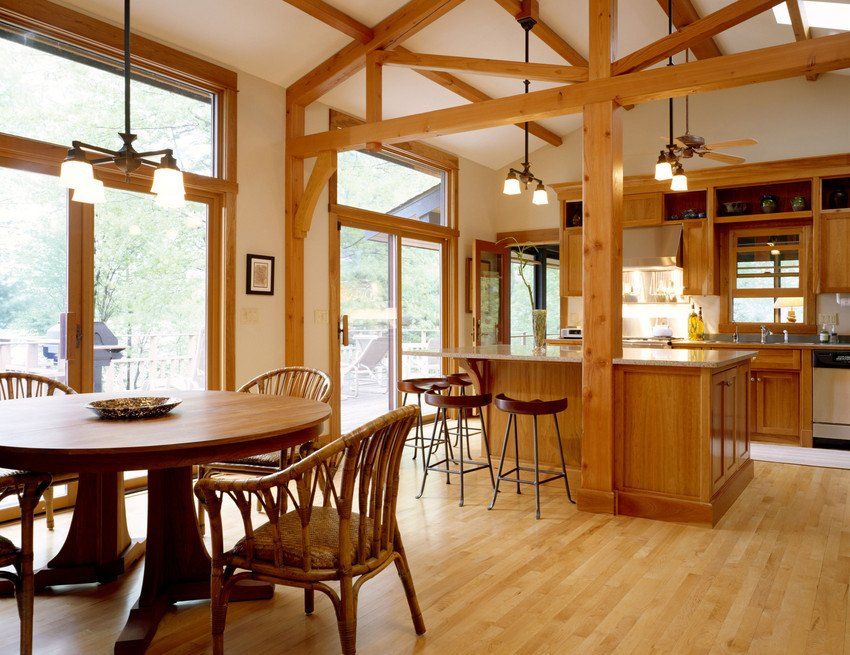
What does a bespoke kitchen entail?
Let’s start by unpicking and clarify the meaning of the word ‘bespoke’. Attached to this word can be a lot of unnecessary jargon that you just don’t have the time to decipher through!
Our definition is simple – something is bespoke when it is made specifically for a particular customer, their needs, and their home. In this case, the customer is you and what your dream kitchen should look like.
A bespoke kitchen is made to fit your space perfectly and allow for a completely personalised design that is then brought to life, through meticulous planning and years of expert knowledge and experience. There is a lot involved in this process, but the results are spectacular!
No two homes are the same, so why should any two kitchens be the same? With a bespoke solution there is no standard sizing or formula that needs to be followed. Whilst we at HJS have kitchen designs that can be followed for inspiration and innovation, we ultimately create completely unique designs for every customer. Feel free to check out a variety of the bespoke kitchens we have crafted and brought to life over the years.
Bespoke kitchens vs. pre-existing DIY or made to measure kitchens
When renovating your home, you are always faced with a choice and ultimately, a huge decision. As tempting as it might be to save a few pennies and get a quick fix solution (also known as a made to measure kitchen), is this truly worthwhile? The phrase ‘buy cheap, buy twice’ springs to my mind!
When you choose a bespoke kitchen, you're not just settling for whatever is available off-the-shelf. You're the driving force during every stage of the process, including decisions relating to every minute detail.
Whether this be in the form of measuring the exact size of each of your storage units, or getting into the specifics of cabinet handles or levers. No stone is left unturned in the kitchen designing process. This ensures your bespoke kitchen matches the charm, taste, style, and personality you’re looking for.
Although made to measure kitchens are inevitably cheaper, this reduced cost very often comes due to a lack of quality, durability and craftsmanship. And it is these factors are very often their downfall that will see you replacing them much sooner than their bespoke counterparts.
The harsh reality may also result in the installation taking longer than a bespoke kitchen would, as for an amateur DIY-er, compared to a professional artisan, complications and errors are bound to arise. Remember, the quality of the finish is only as good as your skill!
Costly kitchen mistakes can happen, which will ultimately cost you both structurally and financially in the long term.
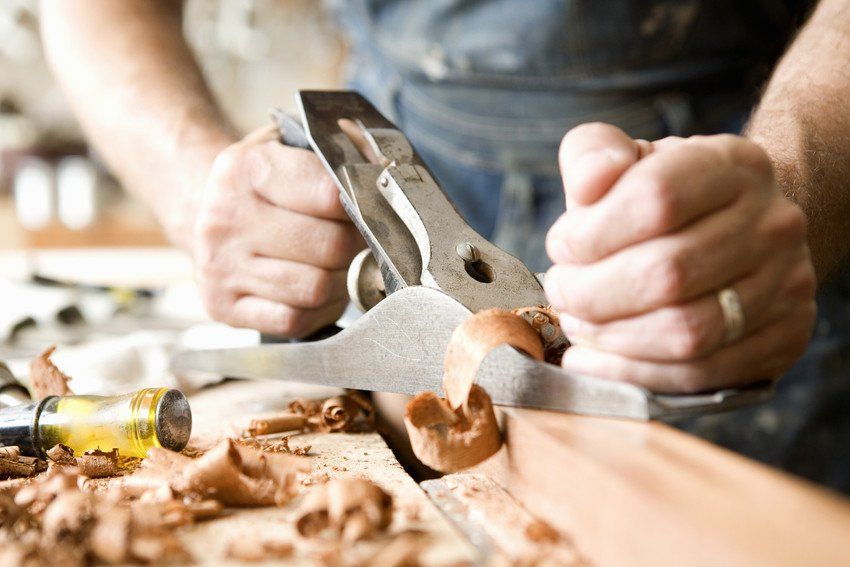
Why are bespoke kitchens such a huge expense?
You wouldn’t be human if this wasn’t an initial question in your mind, because after all, they are costly home investments. However, they prove to be worth every penny for many reasons.
The very nature of bespoke means they are not ordinary. Not everybody will have one which is what makes them so incredibly desirable.
As such, you’ll find over the years, your bespoke kitchen proves to be a rewarding investment. As not only will it maximise the use of space in your kitchen, but their increased desirability also adds to your property's resale value.
Because of the quality of the craftsmanship, materials and fixtures used, a bespoke kitchen will also last a lot longer than a budget alternative. This is typically where the increased cost comes from, as you’re paying for a master craftsman’s time, experience and knowledge to deliver your dream kitchen.
Through recent customer surveys undertaken into the cost of bespoke kitchens, the main benefits were listed as;
- Bespoke and flexible to your lifestyle – tailored to you throughout the whole journey, including the craftsmanship that goes into every stage
- Premium quality - in terms of quality over modular alternatives. From the worktop to the grooves on the drawers, our bespoke kitchens are made from premium materials, built to last, fitted to your home and completed to the highest standard.
- Knowledge – designed and installed by experts in their craft, at every stage of the process.
- Maintains proper hygiene – state of the art appliances that ensure safety and hygiene during every stage of food preparation.
- Well-established ventilation system - A clearly planned kitchen always has a well-established ventilation system which prevents uncomfortable overheating or the room and a build up of condensation.
- Exudes the character and style of your home – with a truly limitless design!
- Much more durable and hard wearing than a rival budget alternative.
Considerations going forward
Typically, we find there are two main considerations at this stage which people might be concerned by. Firstly costs (especially initial costs), and secondly the time needed for it to be fully designed and installed (and any potential disruption this could cause to your life).
However, the good news is there are ways to counteract these! Below is a concise list of simple ways you can minimise financial costs and as a result, reduce cost in terms of disruption and stress.
- Keep your kitchen simple – minimise extravagance and grand designs where you can
- Being mindful of size – the cost of your kitchen isn’t necessarily determined by its size alone. It’s more about the number of cabinets and storage space!
- Know not to compromise on quality – For example, fewer cabinets that are of a higher quality and designed for your specific ways of living are a better, more cost-effective solution than loads of cabinets
- Go for imitation – whilst we don’t advocate compromising on quality, you don’t always need the real deal! A good bespoke kitchen designer will advise you on where money can be saved here without negatively impacting on the look, durability, or style.
- Appliances – lots of the more hidden costs lie within your choice and range of appliances. So, if you’re going appliance heavy you might be surprised how expensive even a non-bespoke kitchen costs. Be sure to compare apples with apples!
- Prioritise – Built in units are harder to change so spend the money here to start with. Decorative items, worktop appliances, and certain types of furniture can be purchased later if you need to spread the cost (these also don’t come free with a standard kitchen either!)
But if you’re still not sure, feel free to contact us for a no obligation chat so we can talk through your individual circumstances and any kitchen needs you may have.
